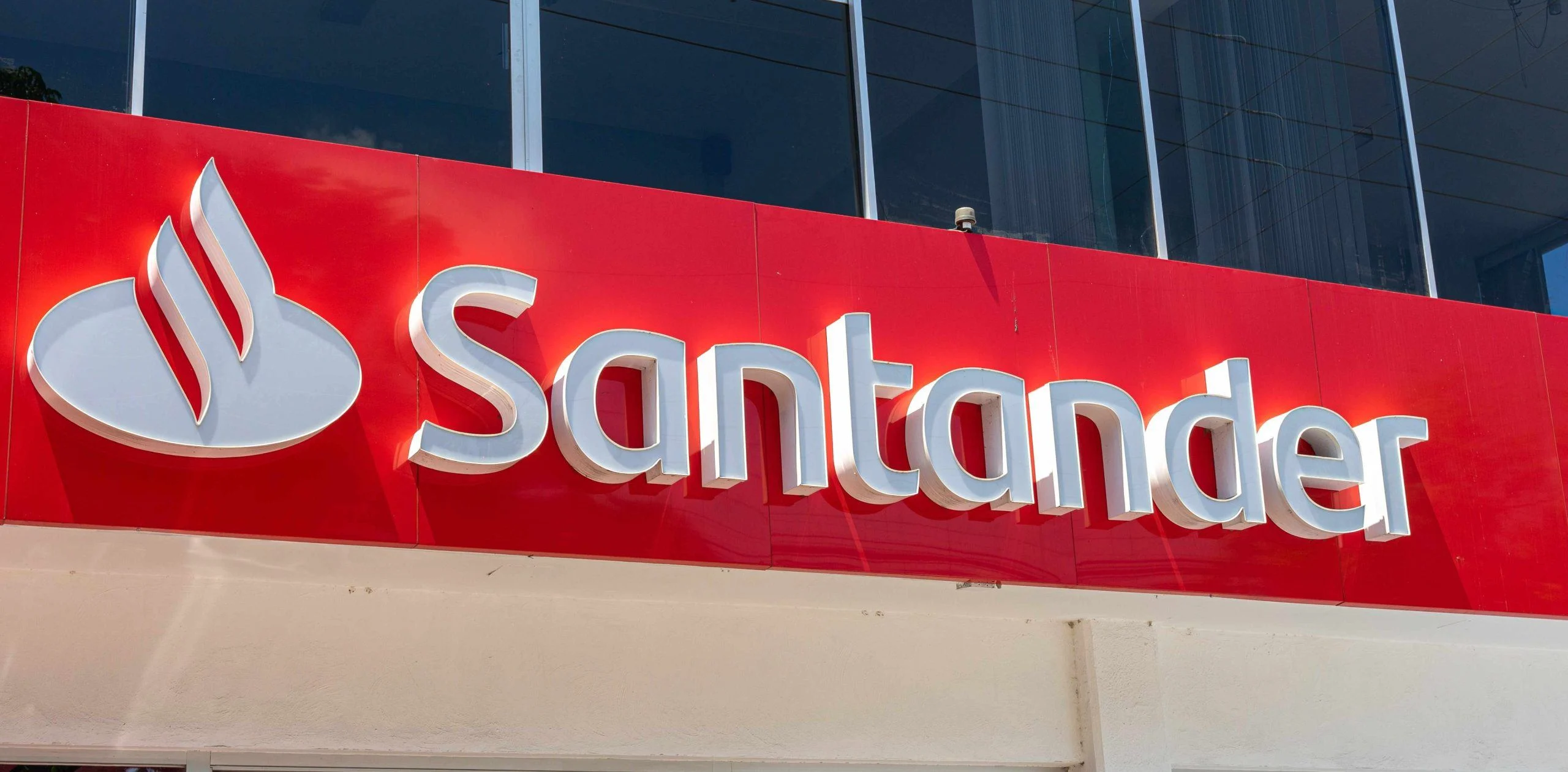
Santander Targets Crypto Payment Flows With Stablecoin Strategy
How did your country report this? Share your view in the comments.
Diverging Reports Breakdown
Santander targets stablecoins and Bitcoin in retail with focus on Openbank
Santander studies launching stablecoin in euro and dollar. Bank seeks MiCA license for crypto assets in EU. Santander pioneered the use of blockchain for international payments in the UK, having launched a Ripple-based app for same-day transfers in 2019. BBVA, Santander’s traditional rival, received authorization in March to offer cryptocurrency services to retailers in Spain. Société Générale, through its subsidiary SG Forge, is preparing to launch a stablecoin backed by the US dollar. The move signals a more structured adoption of digital assets in the traditional banking system, according to the author of this article. The views and opinions expressed by the author, or anyone mentioned in this article, are for informational purposes only and do not constitute financial, investment or other advice. Investing or trading cryptocurrencies carries a risk of financial loss.
Bank seeks MiCA license for crypto assets in EU
Openbank to lead retail Bitcoin services
Banco Santander SA, the leader in market capitalization in continental Europe, is assessing expand its presence in the cryptocurrency sector by launching stablecoins and new retail services. The strategy will be driven by its digital platform Openbank, which has already begun the process of obtaining the licenses required by the European Union’s Markets in Crypto-Assets Regulation (MiCA).
The institution is considering creating stablecoins backed by euros and dollars, with the possibility of developing its own tokens or integrating existing options. This move depends on the authorization of regulatory bodies, but could position the bank in a market that recently surpassed US$250 billion in capitalization.
The proposal comes at a time of increasing adoption of stablecoins in Latin American countries such as Brazil, Argentina and Mexico, where Santander has a significant presence. In these regions, digital currencies such as USDT and USDC are increasingly used as a hedge against inflation and to facilitate international transfers.
To serve the European retail segment, Santander plans to implement these services via Openbank. The goal is to reach markets such as Spain, Germany, Portugal and the Netherlands by 2025, if the licenses are approved within the planned schedule.
The bank’s interest in cryptocurrencies and blockchain technology is not new. Santander pioneered the use of blockchain for international payments in the UK, having launched a Ripple-based app for same-day transfers in 2019. In addition, through its venture capital arm, the institution has already invested in companies in the sector such as Ripple and Digital Asset Holdings.
More recently, the bank’s investment arm, Santander Corporate & Investment Banking, used JPMorgan’s Kinexys Digital Assets platform to conduct financing transactions with tokenized assets, reinforcing its commitment to integrating blockchain into the traditional financial system.
Since the entry into force of the MiCA (Markets in Crypto-Assets) regulations in the European Union, major financial institutions on the continent have stepped up their crypto initiatives. The move signals a more structured adoption of digital assets in the traditional banking system.
BBVA, Santander’s traditional rival, received authorization in March to offer cryptocurrency services to retailers in Spain. The initiative marks the expansion of its operations in the sector, which already includes clients in Switzerland and Turkey. BBVA’s decision reinforces the trend of integrating conventional banking services with the cryptocurrency market.
At the same time, Société Générale, through its subsidiary SG Forge, is preparing to launch a stablecoin backed by the US dollar. The digital asset will be issued on the public Ethereum blockchain, with the aim of positioning the bank as the first with global reach to launch a stablecoin on a decentralized network.
In addition, other institutions are also organizing to offer similar solutions. DWS Group, Flow Traders and Galaxy Digital, the latter linked to Deutsche Bank, have joined forces to create a stablecoin pegged to the euro. This collaboration between traditional financial groups and companies focused on digital assets indicates a growing convergence between the two worlds.
With the new MiCA legislation bringing regulatory clarity, European banks are showing increasing interest in exploring opportunities on public blockchains, especially with stablecoins, which serve as a more secure and regulated entry point into decentralized financial services.
This advance in stablecoins issued by traditional banks shows an adaptation of the financial sector to the demands of markets and regulators, maintaining competitiveness in the face of the advance of native platforms in the crypto sector. The initiative also reflects a strategic move to offer new forms of liquidity, compliance and innovation in the digital ecosystem.
Disclaimer: The views and opinions expressed by the author, or anyone mentioned in this article, are for informational purposes only and do not constitute financial, investment or other advice. Investing or trading cryptocurrencies carries a risk of financial loss.
Source: https://news.bitcoin.com/santander-targets-crypto-payment-flows-with-stablecoin-strategy/
